In June
and July, 2014, Elaine and Mike Von der Porten
embarked
on a venture to Montana. Here are some
notes
and
photos.
Day 1 – Saturday June 14
Up Hwy 5. Stopped at the Ide Adobe SP (where William Ide never lived or visited!), Castle Crags SP (great views of
interesting geology) and Dunsmuir -- happened in on the end of the Community Celebration - ex. Dunsmuir Railroad
Days.
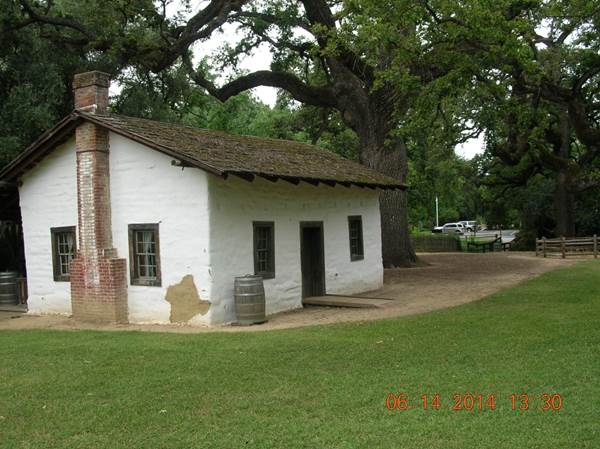
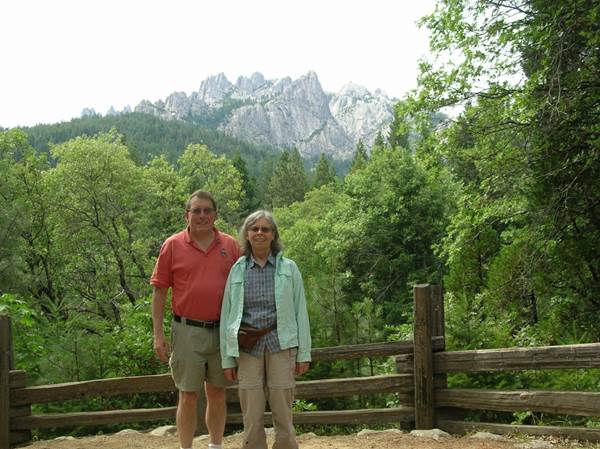
Staying with our friends Bruce & Cindy Barrows at Lake Shastina. All well.
Day 2 – Sunday June 15
We planned to drop by the logging museum at Chiloquin, Oregon -- the Collier Logging Museum.
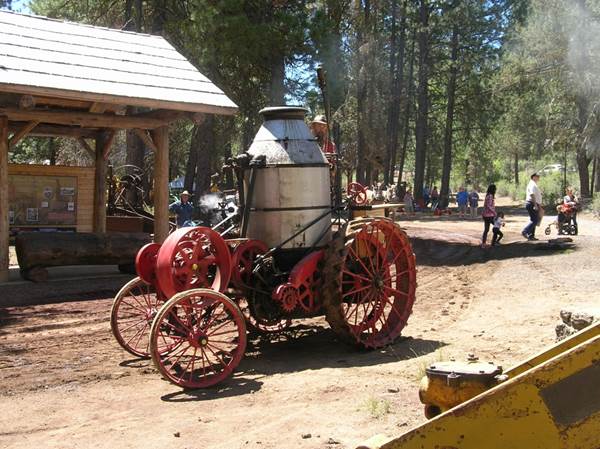
Before headed out, I checked the webite and found that the annual operating event is June 15 this year!
Our friends, Bruce and Cindy, came up, too.
Quite a good show -- a couple of operating steam lumber mills, steam tractors, an old grader, horse-drawn rides,
etc. And, the Museum does a good job with the evolution of lumbering.
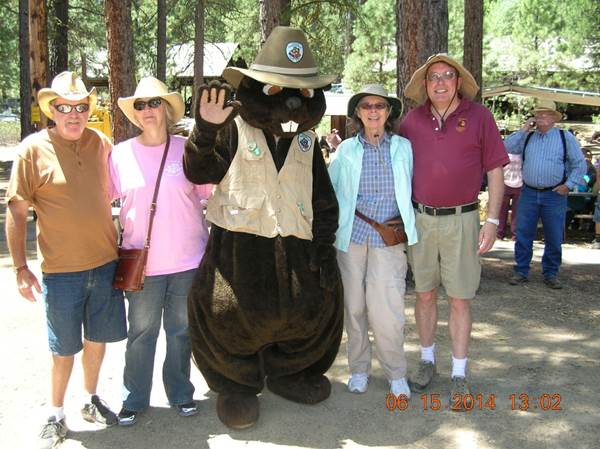
Recognizing that there aren't many places to stay between Klamath Falls and Bend, I sent a note to Train Mountain.
Sure enough, they had an open room. It turns out the entire 2,200 acres has three sets of visitors for the night -- us,
one couple upstairs and one camping.
We brought Bruce and Cindy to Train Mountain and were able to get on a modest ride around the upper section -- a good introduction.
Headed up Hwy. 97 tomorrow.
Day 3 – Monday, June 16
A day headed north on Hwy. 97. Great views of the volcanos to the west. The photo is Mount
Scott, just east of Crater Lake.
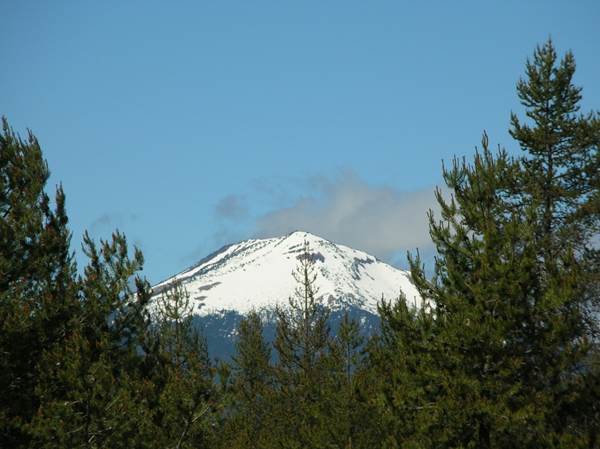
We stopped at a couple of sites related to the volcanic history of the area.
We saw Amtrak headed north at Chemult, OR, "only" 1-1/2 hours late. We'll be on the southbound train there in three weeks.
The big stop was at the High Desert Museum. This has expanded quite a bit since our last visit 20+ years ago. The docent giving the tour of the historical section was quite good.
Day 4 – Tuesday June 17
Left Madras headed primarily east.
Stopped at Shaniko. This was once one of the busiest places in eastern Oregon – heart of the wool trade and end of
the train line. It now claims to be the "living ghost town." "Barely living" is more like it. Interesting old buildings
and a couple of operating stores.
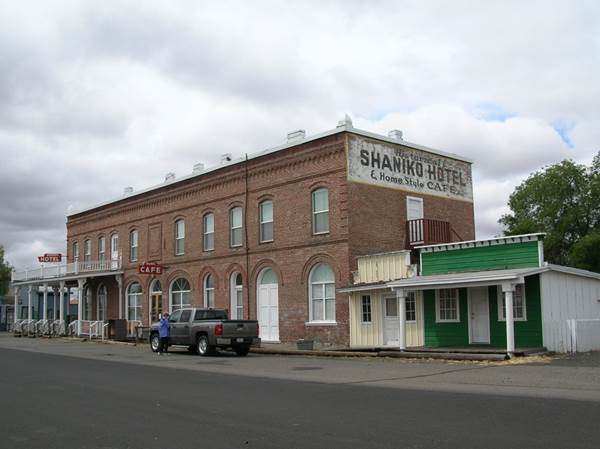
Then, into the John Day Fossil Beds area. For the past 45 million years, this has been
covered and re-covered with volcanic blasts, lava and pyroclastic flows. This
is one of the richest fossil areas in the US.
In the town of Fossil, the high school has the most creative way of raising funds -- for $5 you can go out beyond the
school's fields and dig for 33-million-year-old fossils. Most of them are plants -- we have a few including redwoods!
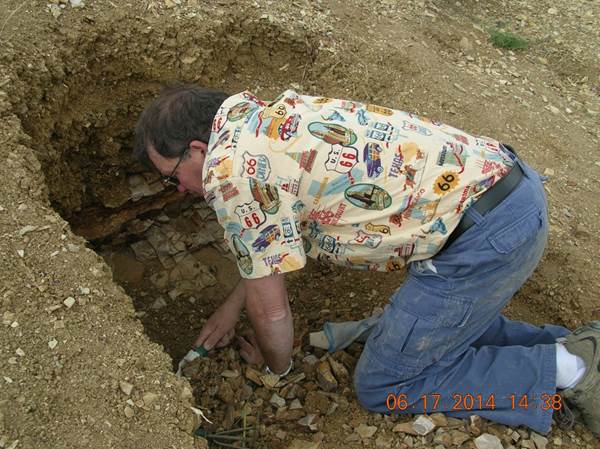
The museum and hikes are quite good.
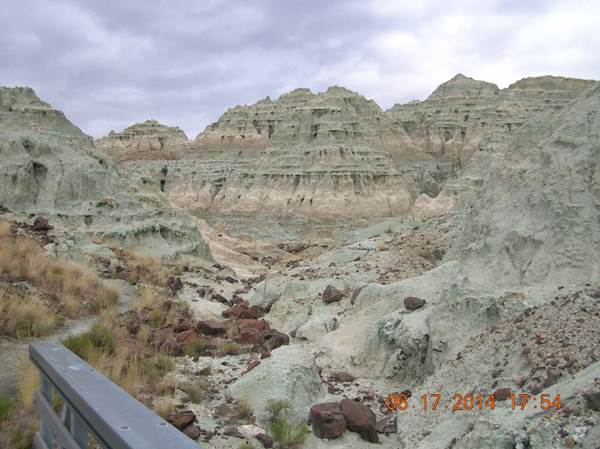
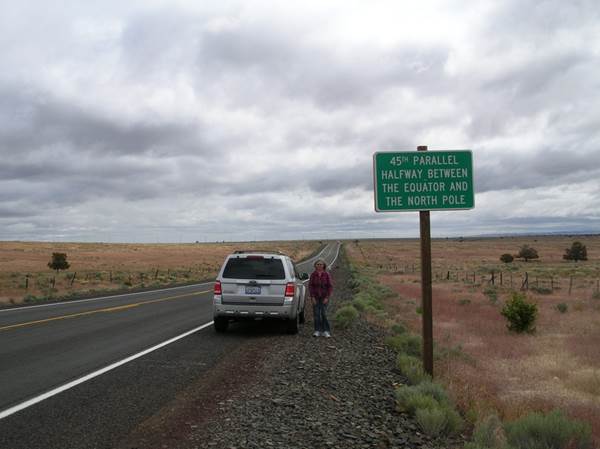
We're staying in Dayville in a local place with an upstairs room. The town
puts up banners with the names and photos of the high school graduating seniors --
all four of them! There is one K-12 school with 54 students.
Day 5 – Wednesday June 18
Leaving Dayville, we headed east through the Journey Though Time Scenic Byway.
The Kam Wah Chung Museum in John Day is a great National Historic Landmark. It's a
preserved shop, Chinese doctor's office, and much more preserved from when it was
shut in 1940.
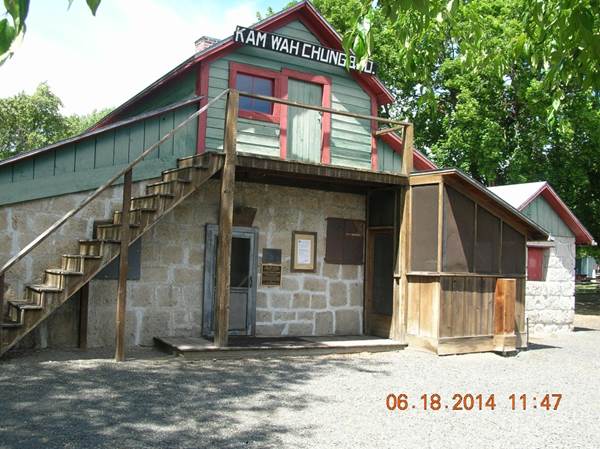
We stopped at the Sumpter Valley Railroad at a couple of sites and at the Sumpter
Valley Gold Dredge State Park. It's great to see the dredge preserved and it's big
environmental impact explained.
We made it over to the Oregon Trail Interpretive Center. It's high on a hill to the east of
Baker City. A full-scale part of a wagon train meets the visitors. The actual Trail
crosses below and we stopped to walk part of that.
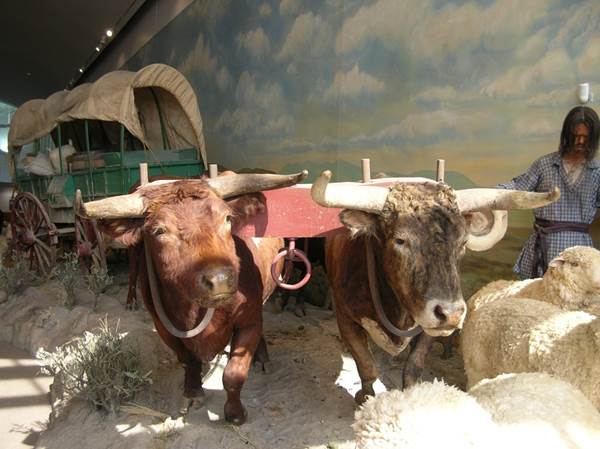
We're in Pendleton, OR, headed east in a
big way tomorrow.
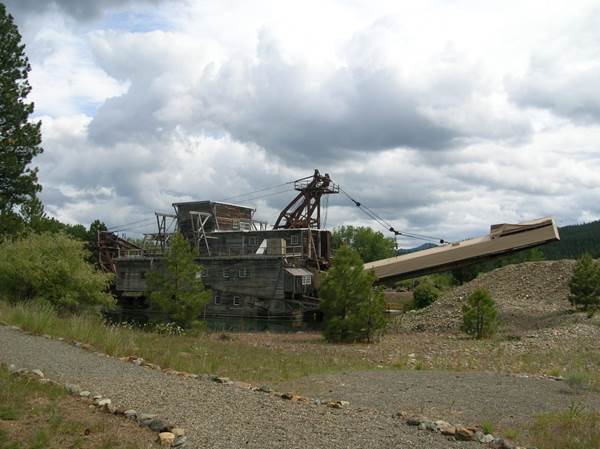
Day 6 – Thursday June 19
Thursday we started in Pendleton, OR.
We got to the Woolen Mill in time for the 9 AM tour. It's a very good tour out on the production
floors. It is interesting how the Pendleton company has expanded its brand to include all
kinds of cotton and imported items, so not much is real American wool.
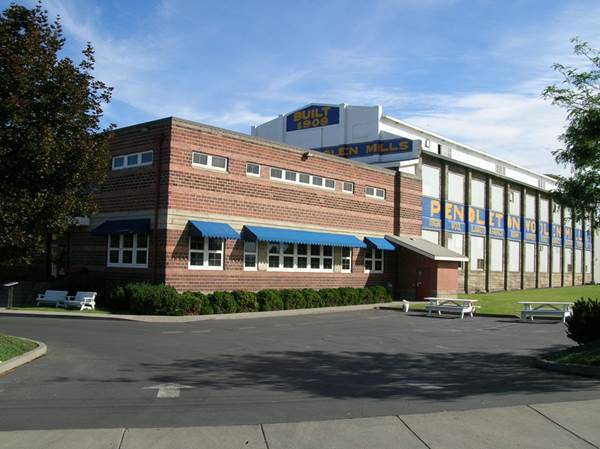
Then, into Washington at Walla Walla. The scenery is mostly wheat and range land, not
the volcanics of earlier miles.
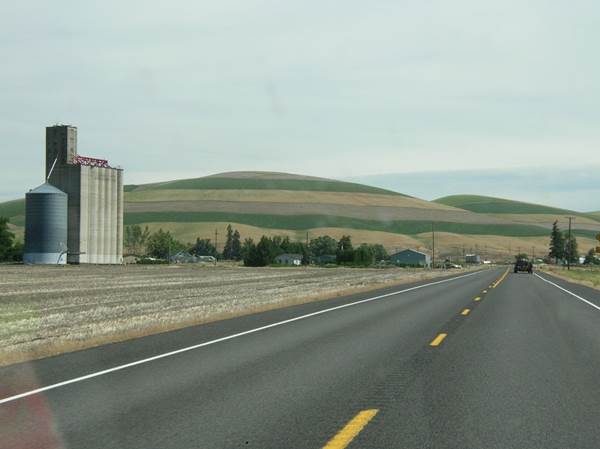
Then, into Idaho and Hwy. 12 from Lewiston to Lolo and Missoula. This Bitterroot territory
which Lewis & Clark called "Hungery Creek" because they had to traverse high in the ridges through dense forests with no food sources. 1805 and 2014 aren't much different for much of this area.
A great find was the Lochsa Historical Ranger Station -- manned by National Forest
Service volunteers.
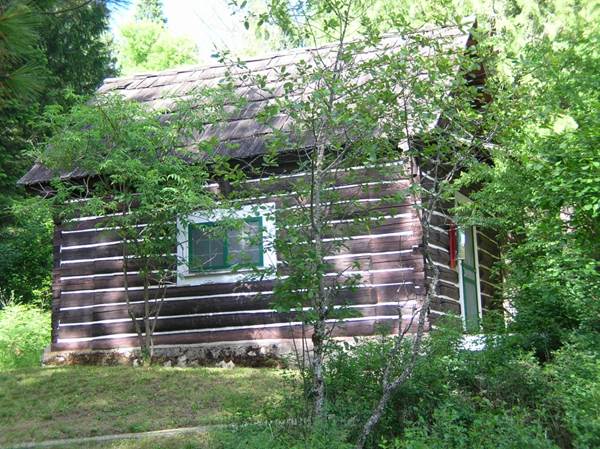
Then up, over Lolo Pass into Montana.
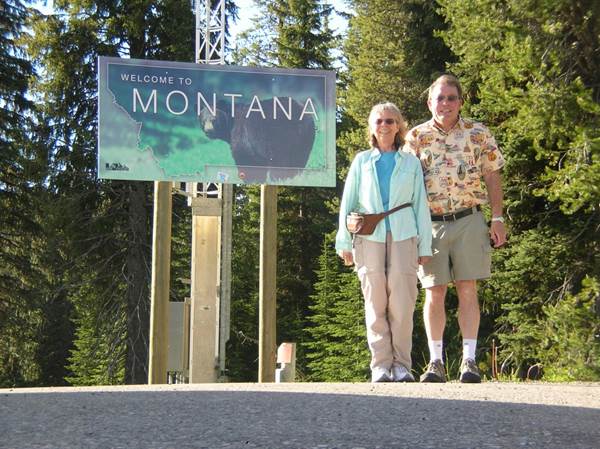
We stopped at Travelers' Rest State Park, a site
where Lewis and Clark camped in 1805 and again in 1806.
Then, on to Lincoln, MT, 1/2 way between Missoula and Great Falls.
Day 7 – Friday June 20
Friday AM, we were off, over the Continental Divide to Great Falls and the Lewis & Clark Festival.
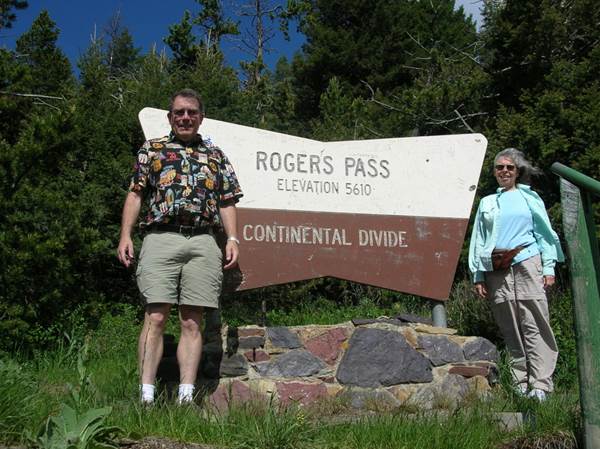
There were a series of presentations on matters including navigation, food, politics and fire starting. A well-
known country & western performer from Montana, Rob Quist performed in the evening. (This is all outdoors.)
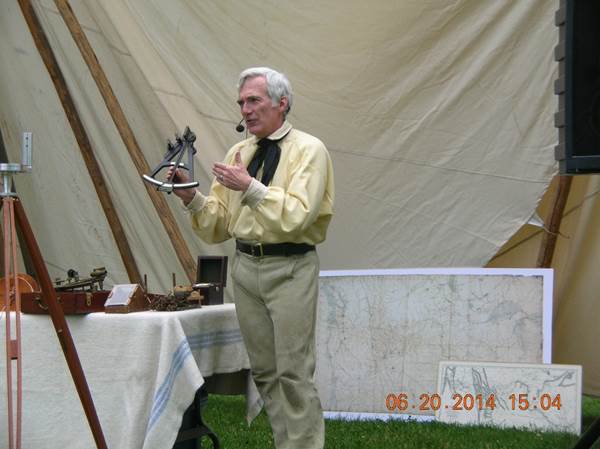
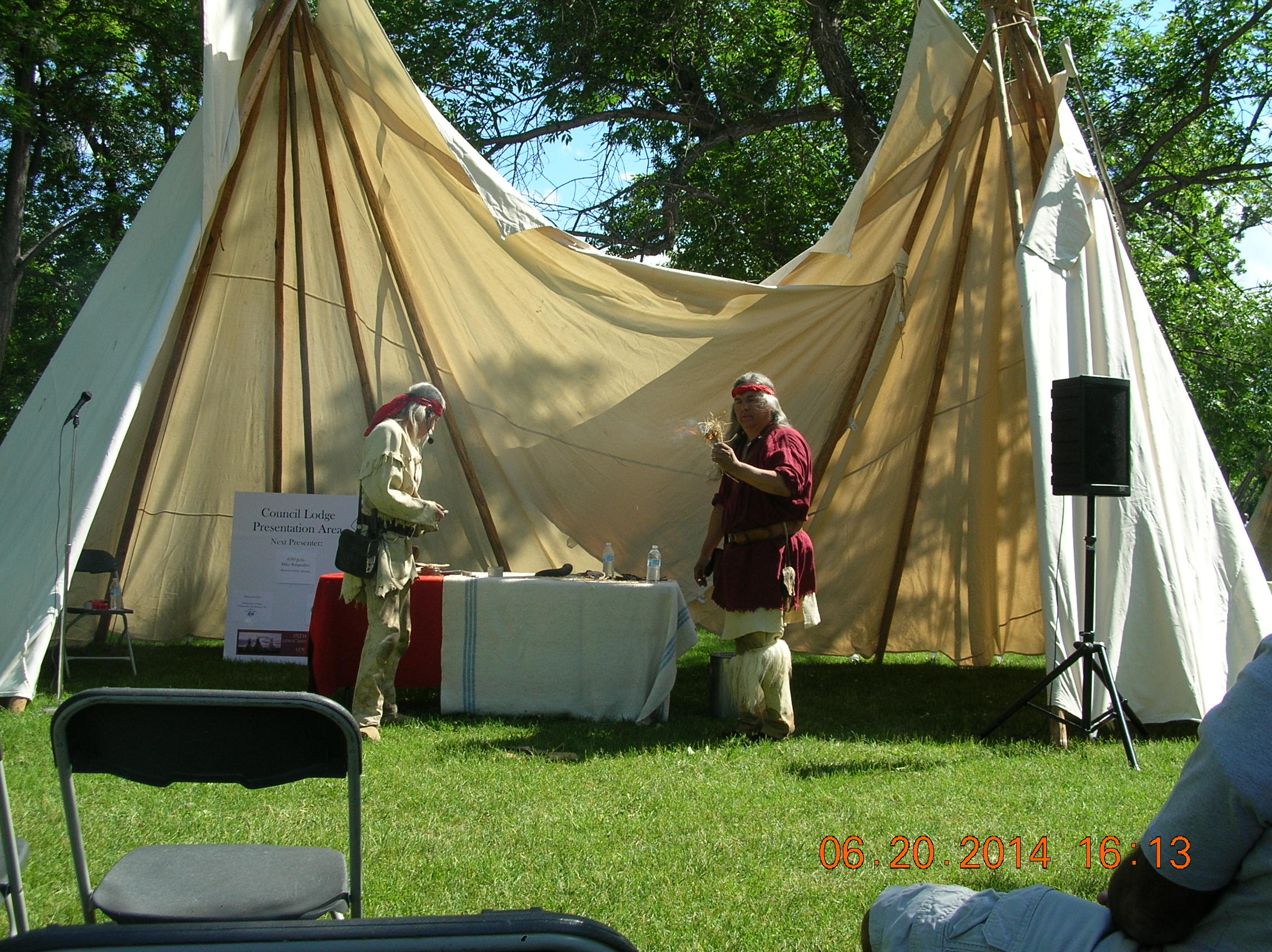
The daylight is 1 hour 10 minutes more than in Santa Rosa, so it's just getting dark at 10 PM.
A bit of lightning and thunder this evening, so we're hoping it clears for tomorrow.
Day 8 Saturday June 21
Much quieter road-wise -- all around Great Falls, MT.
Mostly the Lewis & Clark Festival which
is right near downtown and walking distance
from our hotel.
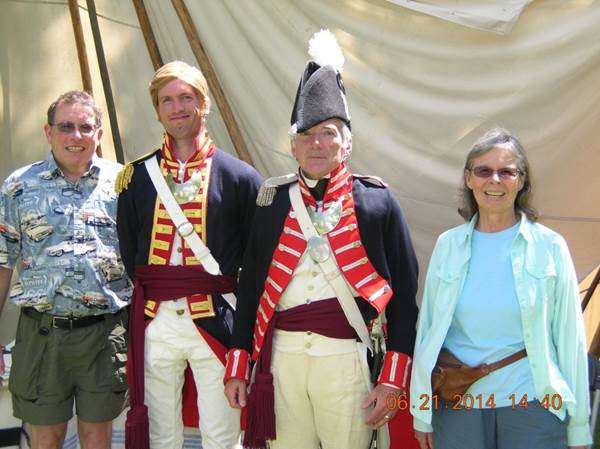
Sunday we made a couple of visits to the Lewis & Clark Interpretive Center -- quite good.
They attempted to float a bullboat made from
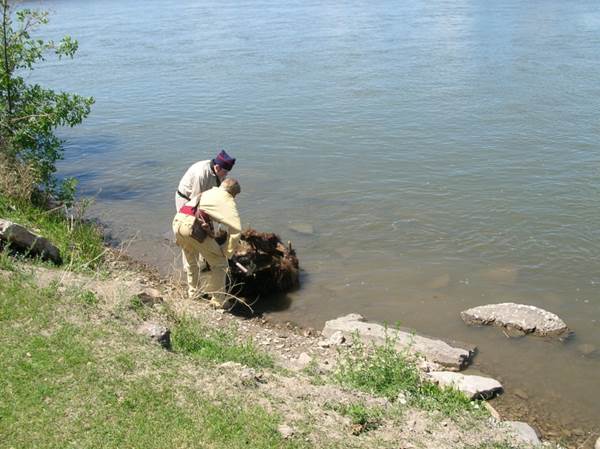
a single buffalo hide -- not much luck at all. This one was too old and leaked badly.
Saturday's featured speaker was Dr. Gary Moulton, the noted editor of the Journals of Lewis & Clark. His talk was on an analysis of the references to Sacagawea -- where he found no changes in attitudes toward her during the trip despite key events where she
might have become more endeared to them.
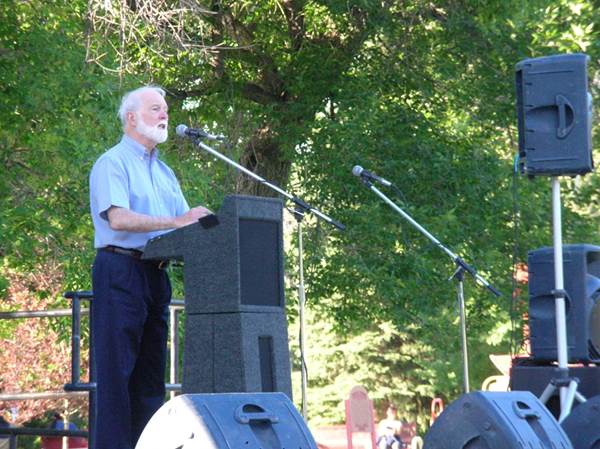
We can see how the museums were updated for the 200th anniversary events in 2005 and 2006.
We also heard how the National Park Service wanted nothing to do with an interpretive
center related to Great Falls -- so locals and the US Forest Service pulled it off -- to
the tune of $6 million.
© Michael Von der Porten All Rights Reserved